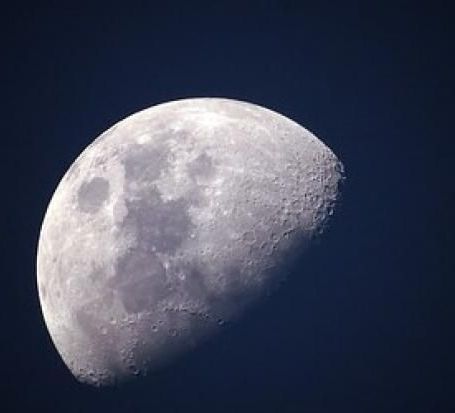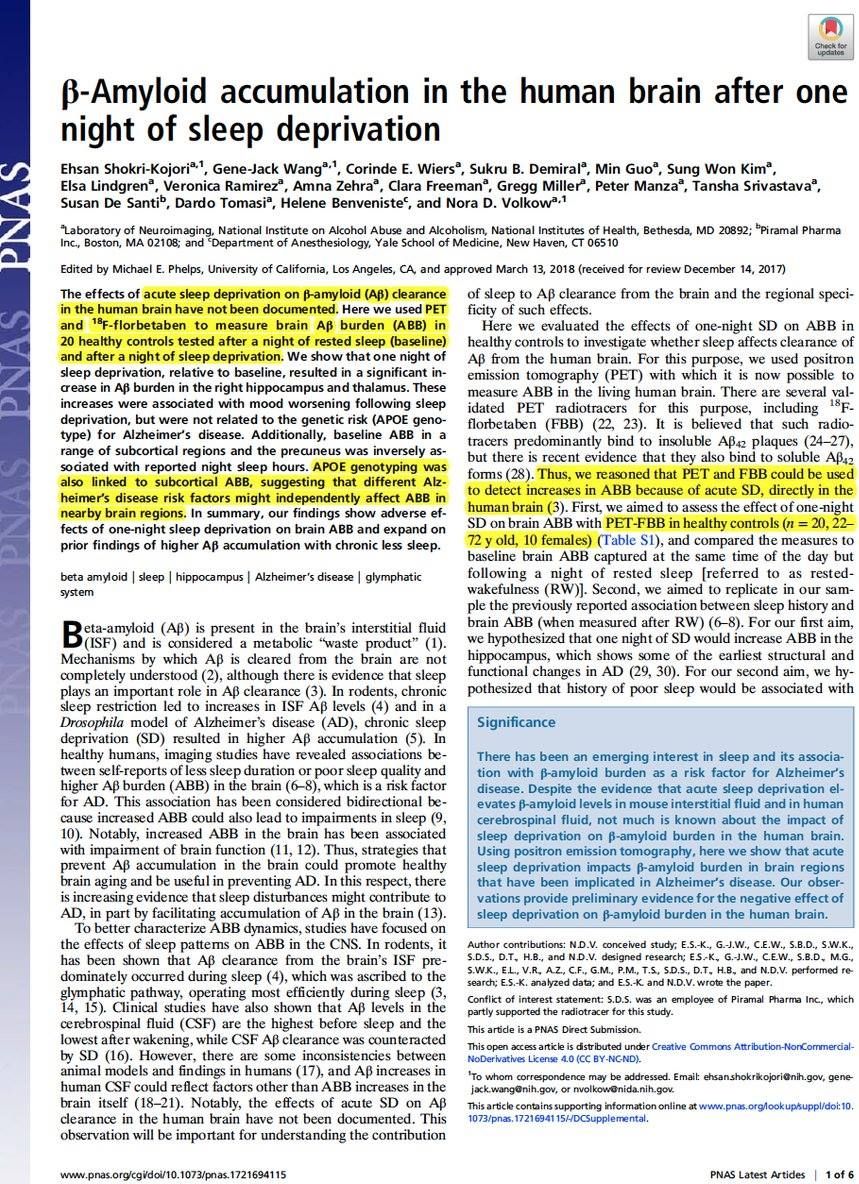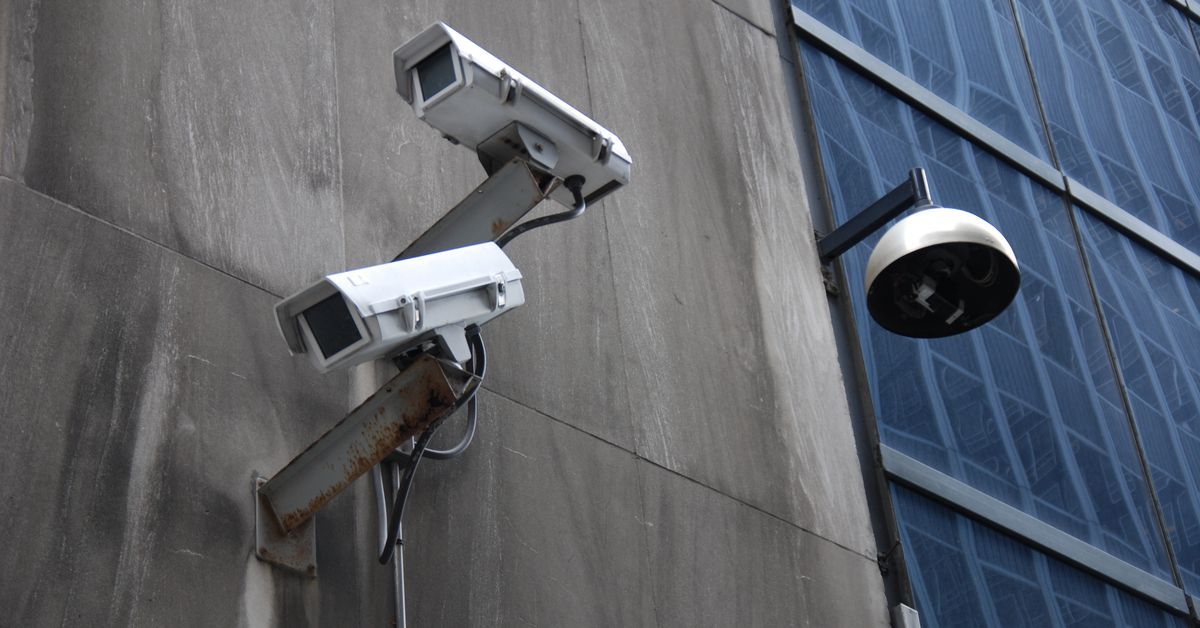Maryam shanechi, university of southern california.
With recent technological advances, we can now record neural activity from the brain, and manipulate this activity with electrical or optogenetic stimulation in real time. These capabilities have brought the concept of brain-machine interfaces (BMI) closer to clinical viability than ever before. BMIs are systems that monitor and interact with the brain to restore lost function, treat neurological disorders, or enhance human performance.
February 2018





